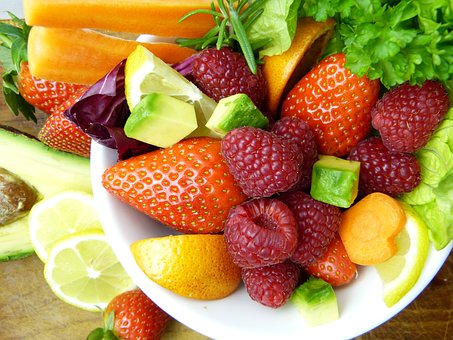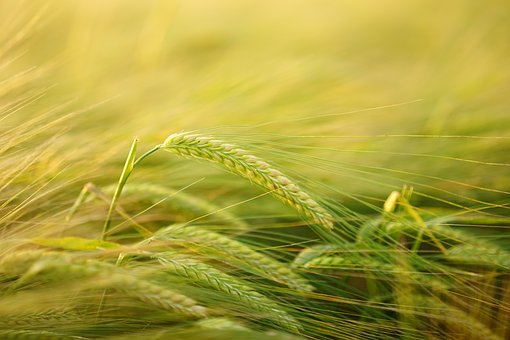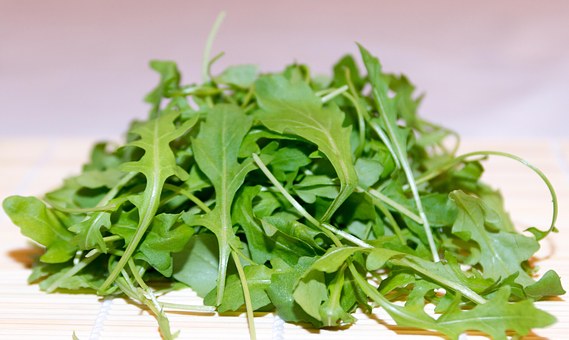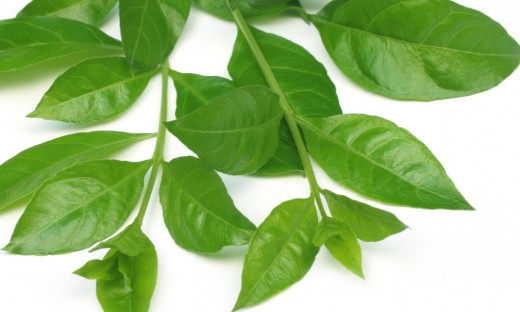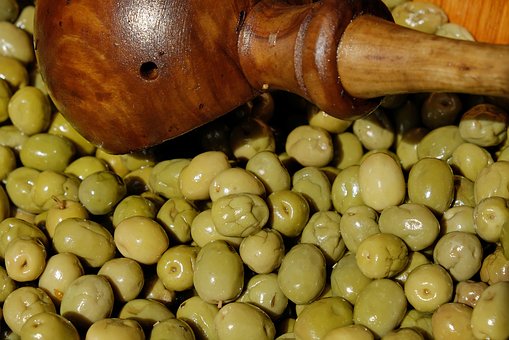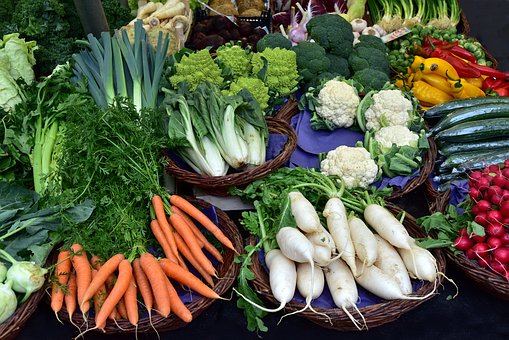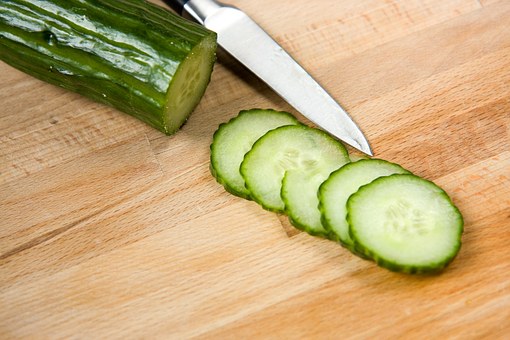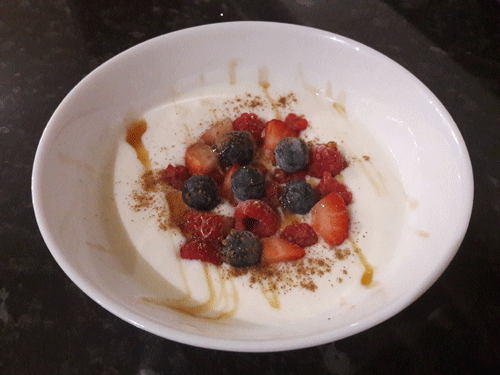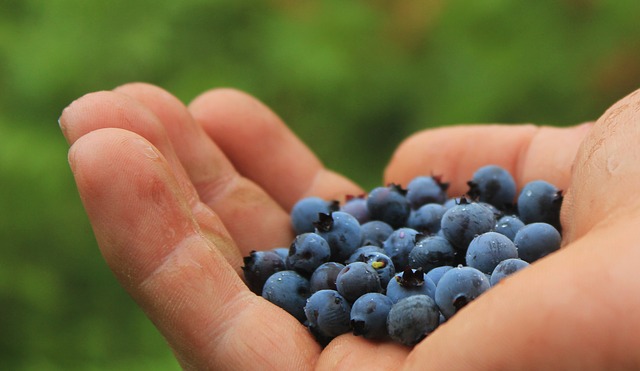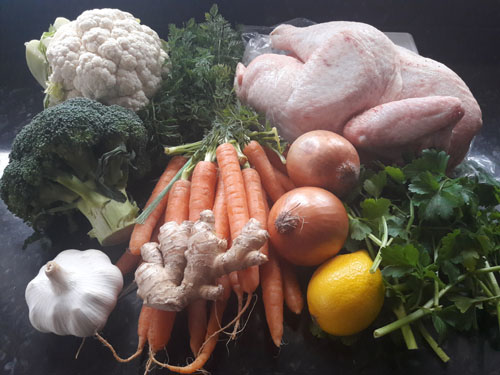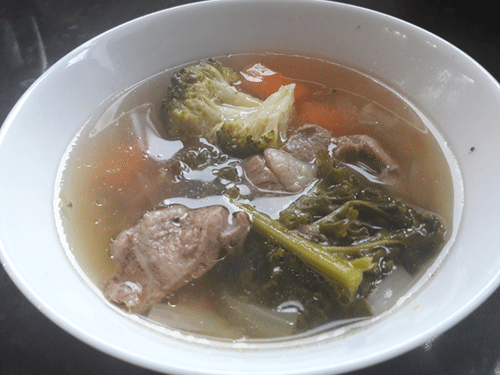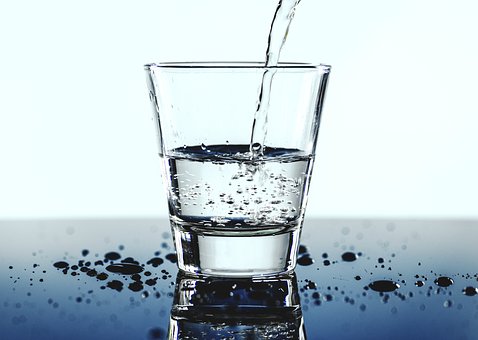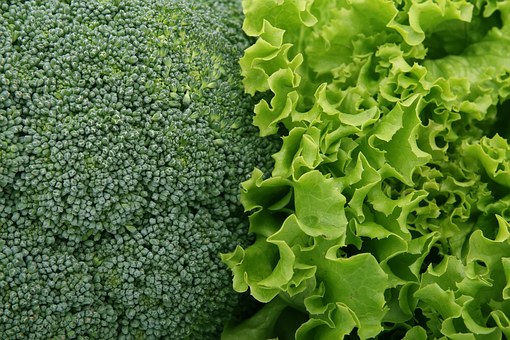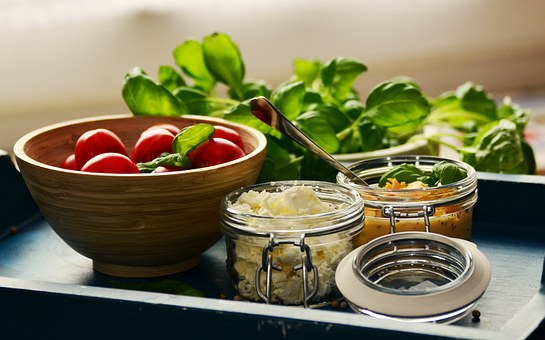Food Combining for Optimum Nutrition: The Acid/Alkaline Balance
© HealthyMuslim. See Terms and Conditions
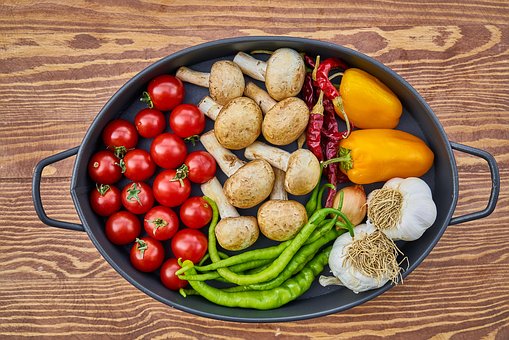
The acidity or alkalinity of a substance is measured by the pH scale. This is a logarithmic scale ranging from 0 (greater in acidity), to 7 (neutral), and up to 14 (greater in alkalinity). However, the acidity or alkalinity of a food, before it is eaten, does not carry through into the body after it has been digested and assimilated. Foods that are acidic before consumption, end of up having an alkalising effect in the body and vice versa.
The body functions at its best when its internal biochemical environment is in the pH range of 7.36 - 7.42, meaning slightly alkaline. Anything higher or lower that these figures indicate acidosis (from pH 7.36 to 7) or alkalosis (7.42 to 7.8). A body in these pH ranges will have illnesses, the most common in modern society are due to acidosis; excess acid in the body.
Acidification of the Body
The body becomes acidic when an imbalance of substances is introduced through the diet.
Some excess acids in the body are neutralized by alkaline substances in the bloodstream and internal organs. These alkaline substances are usually replenished by alkaline minerals found in food, but when this occurs on a regular a basis, the body's alkaline reserves diminish. Modern lifestyle and diet usually provide the body with insufficient alkaline foods, causing acidification and a whole variety of troubles and diseases.
When the body becomes acidified, this can cause problems in three ways.
- The first is connected to enzymes. Enzymes are responsible for all the biochemical processes and proper functioning of the organs of the body. They only work efficiently at a defined pH, otherwise their activity is disrupted and this results in different ailments and illnesses.
- The second way the body becomes ill is due to the harsh, corrosive nature of acids present in excess amounts in the tissues. Acids can irritate organs like the skin and kidneys, causing inflammation, lesions of hardening of the tissues. Many cases of eczema, itching and red patches on the skin are due to irritation causes by excessively acidic sweat. The fragile state of the tissues during acidification can also make them vulnerable to microbial infections.
- The third cause of suffering from excess acid is loss of minerals, since the body has to give up alkaline minerals to neutralize acids. Demineralization problems can affect the skin and teeth, making them brittle and susceptible to breakage.
Treating Acidification
The only way to treat excess acid is to reduce or eliminate it from the body. This is done by reducing the amount of acid the body takes in from the diet, by eating more alkaline foods.
Foods are classed, not by acid or alkaline they are before they are eaten, but by the products they leave in the body after they have been digested, absorbed and metabolized.
- Proteins and starches are acid-forming.
- Vegetables, salads and fruit are alkaline-forming.
Alkaline-forming foods
Almost all vegetables, salads, herbs, seeds, pulses and fresh fruit are alkalizing, but there are some exceptions. Asparagus is believed to be one of the few acid-forming vegetables, and tomato is also acidifying.
These foods are alkalizing because they are rich in alkaline elements and do not produce acids when utilized by the body.
Sometimes yoghurt, honey, fruit juices, unripe fruit, sweet fruits (melon, watermelon) and acid fruits (berries, citrus, cherries, plums, apricots) are classed as weak acids. This is because these foods contain acid, but the acids in them are weak, for people capable of metabolizing them properly, they are transformed into alkaline elements. But some people's metabolisms cannot handle acids properly, so a large quantity of acids in these foods is not oxidized, resulting in an acidifying effect.
Acid-forming foods
Acid-forming foods include most proteins and most of the starches, as well as fats, sugars and pulses. This is because their digestion produces amino acids. One exception is potatoes, which are classed as starches, but are alkaline-forming.
However, proteins and starches are not bad for us. They just need to be eaten in moderation and balanced with our intake of alkaline-forming foods.
Simple Guidelines
- The above may sound confusing, but following these simple rules should simplify things.
- Treat all vegetables, salads and herbs as alkaline-forming.
- Treat all protein, starches, fats, sugars and beans as acid-forming.
- A meal should never consist solely of acidifying foods but should always contain alkaline foods.
- The amount of alkalizing foods should be greater proportionately that the amount of acidifying foods in any one meal.
Link to this article: Show: HTML Link • Full Link • Short Link
Share or Bookmark this page: You will need to have an account with the selected service in order to post links or bookmark this page.





|
Related Articles:
- An Alkalized Body Is Essential For Good Health
- Maintain An Acid / Alkaline Balance For Optimum Health
- Food Combining for Optimum Nutrition: The Acid/Alkaline Balance
You must be registered and logged in to comment.
Most Popular
Latest Articles
Popular Subjects
Health, fitness and longevity
Based upon the principles of health
in the Qur'an and Prophetic Traditions.
HealthyMuslim.Com
There are two bounties in which
most people lose out: good health
and free time. Al-Bukhari.





